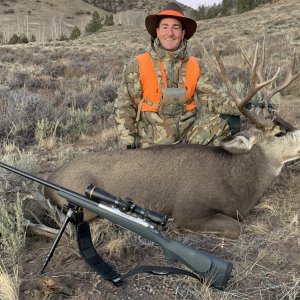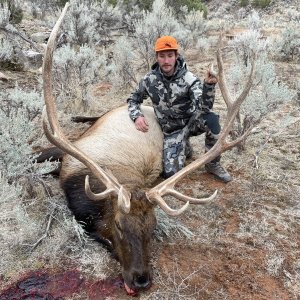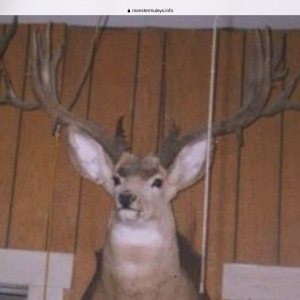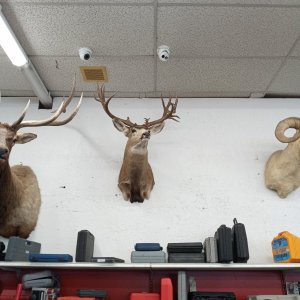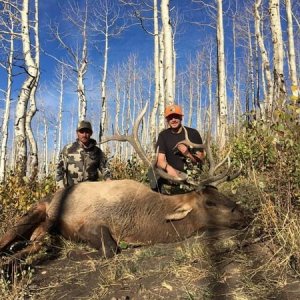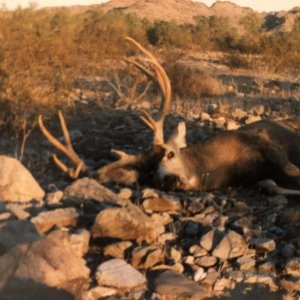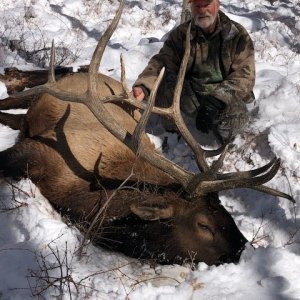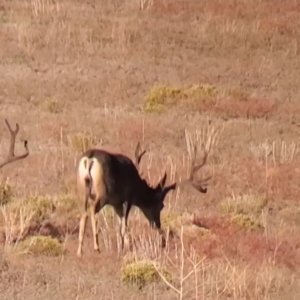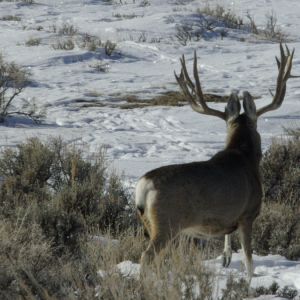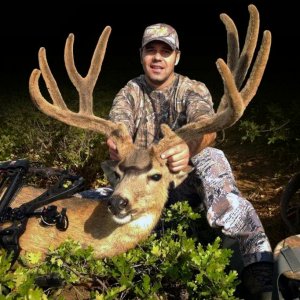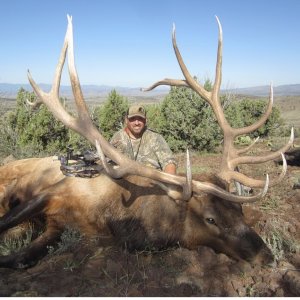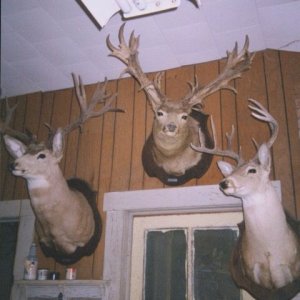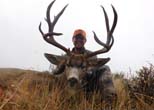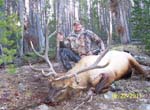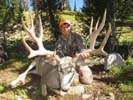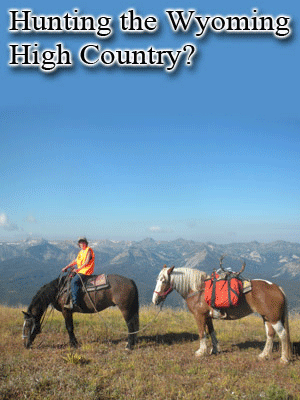nontypical
Long Time Member
- Messages
- 4,202
Anyone ever heard of this disease?
The Wyoming Range mule deer study has found out this disease is a major reason for fawn mortality in the Wyoming Range deer herd.
This study is being performed by WGFD/UW and is currently in it's 3rd or 4th(5th?) year. Due to last year's mild winter along with good moisture in early spring/summer, many of us Wyomingites were very optimistic about fawn survival and the resulting rise in deer populations for the coming years. Biologists found out otherwise. Fawn survival was about the same as most years( except for hard winters, where it is much lower). Bummer.
Anyway...deer are captured in December and March for this study. In the first year, does were fitted with collars and vaginal implants in December. This has also been done in all subsequent years. They are all re-captured in March. Data collected includes pregnancy( yes or no. Single or twins/triplets, etc), blood count, disease, fat content, etc. When a fawn is born, the vaginal transmitter comes out with the newborn. This enables biologists to know the location of the fawn and immediately go to that location to collect more data. The implant stays with the fawn so that any mortality can also be immediately known, and biologists can determine a cause of death very quickly before scavengers can destroy the carcass. I believe the original numbers of captured does was round 35. More have been collared since the original 35.
Disease is the number one fawn killer at 36%. Predation comes in 2nd at 27%, malnutrition 14%, trauma 5%, and 18% die of unknown causes. Not sure what the "unknown" category actually consists of( Don't know if disease could be part of this number or not). Adenovirus was responsible for 23% of fawn mortality. Dead fawns appear to be in good body condition except for some oral sores.
There is relatively little known about Adenovirus( AHD). Symptoms include pulmonary edema( fluid in the lungs) and hemorhagic enteropathy( bleeding in the intestines). Signs include difficulty breathing, foaming/drooling, diarrhea, seizures, oral sores. Mortality is generally higher in fawns than adults. It is believed to be spread through direct contact between deer and contact with bodily fluids. Airborne and contaminated water could also be contagions.
AHD was first documented in Wyoming in 1999( not sure where).
In 1993-94 an outbreak in California killed over 1000 blacktail deer in 17 counties.
If the same happens here, the impacts could be significant, especially in a winter range type situation where deer are more congregated than at other times of the year.
There is no known cure or vaccine for AHD.
Looks like AHD is a major contributing factor in the decline of mule deer in the Wyoming Range. Makes one wonder if this disease is going on elsewhere in the west...
The Wyoming Range mule deer study has found out this disease is a major reason for fawn mortality in the Wyoming Range deer herd.
This study is being performed by WGFD/UW and is currently in it's 3rd or 4th(5th?) year. Due to last year's mild winter along with good moisture in early spring/summer, many of us Wyomingites were very optimistic about fawn survival and the resulting rise in deer populations for the coming years. Biologists found out otherwise. Fawn survival was about the same as most years( except for hard winters, where it is much lower). Bummer.
Anyway...deer are captured in December and March for this study. In the first year, does were fitted with collars and vaginal implants in December. This has also been done in all subsequent years. They are all re-captured in March. Data collected includes pregnancy( yes or no. Single or twins/triplets, etc), blood count, disease, fat content, etc. When a fawn is born, the vaginal transmitter comes out with the newborn. This enables biologists to know the location of the fawn and immediately go to that location to collect more data. The implant stays with the fawn so that any mortality can also be immediately known, and biologists can determine a cause of death very quickly before scavengers can destroy the carcass. I believe the original numbers of captured does was round 35. More have been collared since the original 35.
Disease is the number one fawn killer at 36%. Predation comes in 2nd at 27%, malnutrition 14%, trauma 5%, and 18% die of unknown causes. Not sure what the "unknown" category actually consists of( Don't know if disease could be part of this number or not). Adenovirus was responsible for 23% of fawn mortality. Dead fawns appear to be in good body condition except for some oral sores.
There is relatively little known about Adenovirus( AHD). Symptoms include pulmonary edema( fluid in the lungs) and hemorhagic enteropathy( bleeding in the intestines). Signs include difficulty breathing, foaming/drooling, diarrhea, seizures, oral sores. Mortality is generally higher in fawns than adults. It is believed to be spread through direct contact between deer and contact with bodily fluids. Airborne and contaminated water could also be contagions.
AHD was first documented in Wyoming in 1999( not sure where).
In 1993-94 an outbreak in California killed over 1000 blacktail deer in 17 counties.
If the same happens here, the impacts could be significant, especially in a winter range type situation where deer are more congregated than at other times of the year.
There is no known cure or vaccine for AHD.
Looks like AHD is a major contributing factor in the decline of mule deer in the Wyoming Range. Makes one wonder if this disease is going on elsewhere in the west...

